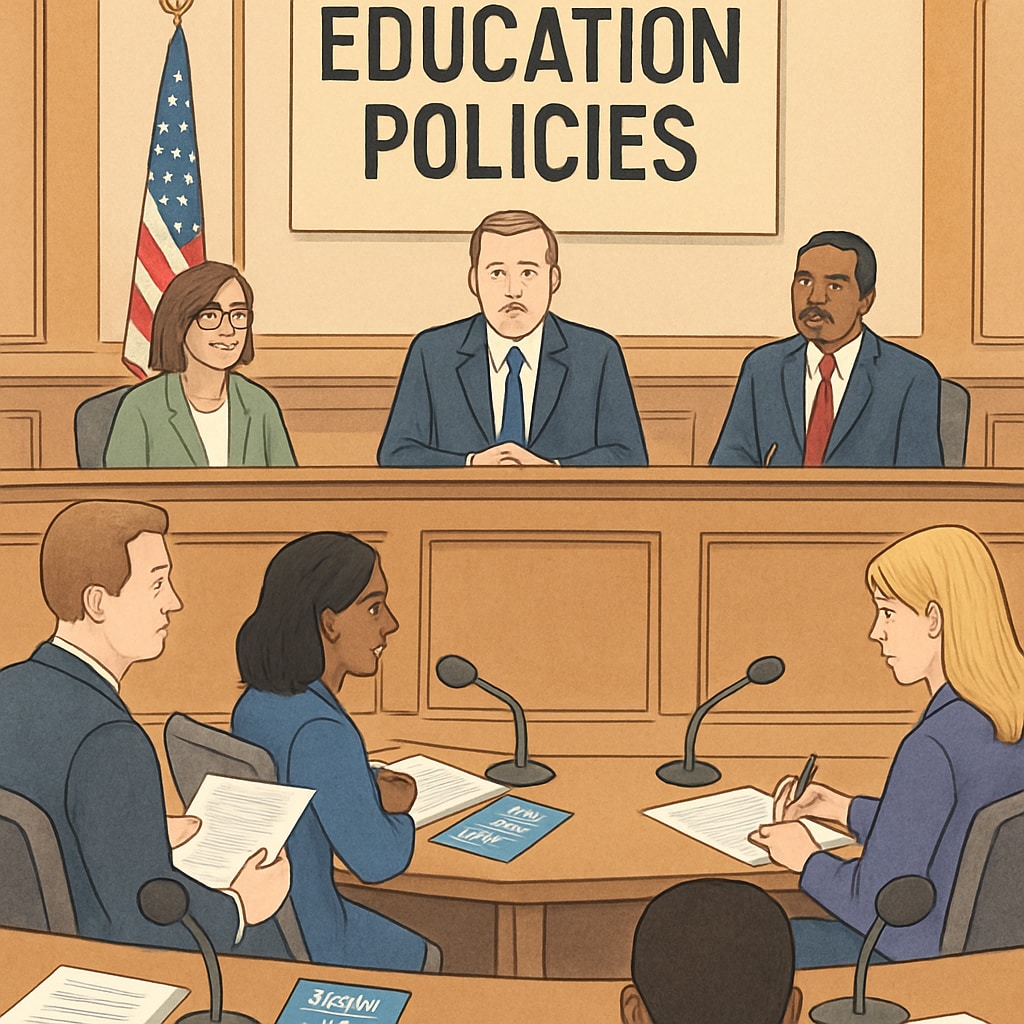Public education is under attack, and at the center of this battle are organizations like Stand For Children. While publicly presenting themselves as advocates for better education, their actions reveal a troubling trend: the diversion of public education funds to private entities. This covert push for privatization is eroding the foundation of public education in America, leaving schools underfunded and students underserved.
How Public Education Funds Are Secretly Privatized
On the surface, groups like Stand For Children champion policies that seem to improve education standards. However, a closer look reveals a different agenda. These organizations often lobby for legislative changes that redirect public funds, such as vouchers or charter school subsidies, away from traditional public schools. These policies disproportionately benefit private institutions while draining resources from public education.
For example, education vouchers allow public funds to follow students to private or charter schools rather than staying within the public school system. While this may seem like a solution to increase school choice, it actually reduces the funding available for public schools, which still have to serve the majority of students, often with fewer resources.

The Consequences of Funding Diversion
The effects of this privatization trend are far-reaching. As public schools lose funding, they often face larger class sizes, outdated materials, and fewer extracurricular opportunities. In addition, public schools are required to serve all students, including those with disabilities and language barriers, while private institutions often have the ability to be selective.
The result is an uneven playing field. Students in underfunded public schools are left with fewer opportunities to succeed, perpetuating cycles of inequality. Meanwhile, private schools and charter schools, which are often less regulated, enjoy increased resources without the same level of accountability.

Disguising Privatization as Reform
One of the most concerning aspects of this movement is how it is marketed. Privatization efforts are often cloaked in terms like “education reform” or “school choice,” which appeal to parents and policymakers alike. Organizations like Stand For Children leverage these terms, along with compelling narratives about improving outcomes, to gain public and political support.
However, the reality is that these reforms rarely address the root problems in education, such as systemic underfunding or socioeconomic disparities. Instead, they shift the focus to market-driven solutions that prioritize competition over collaboration, ultimately benefiting private interests rather than public good.
What Can Be Done to Protect Public Education?
To counteract these efforts, it is essential to advocate for policies that strengthen public education rather than dismantle it. This includes:
- Increasing public school funding: Ensuring schools have the resources they need to serve all students effectively.
- Promoting transparency: Requiring full disclosure of how public funds are allocated to private entities.
- Holding private institutions accountable: Ensuring that charter and private schools receiving public money meet the same standards as public schools.
- Encouraging community involvement: Engaging parents, teachers, and students in decision-making processes to ensure policies reflect their needs.
By taking these steps, we can resist the privatization agenda and work toward a future where every child has access to high-quality public education.
In conclusion: While organizations like Stand For Children claim to advocate for better education, their actions often tell a different story. It is crucial to remain vigilant and informed about the policies that impact our schools. Only by standing up for public education can we ensure that it remains a cornerstone of American society.


